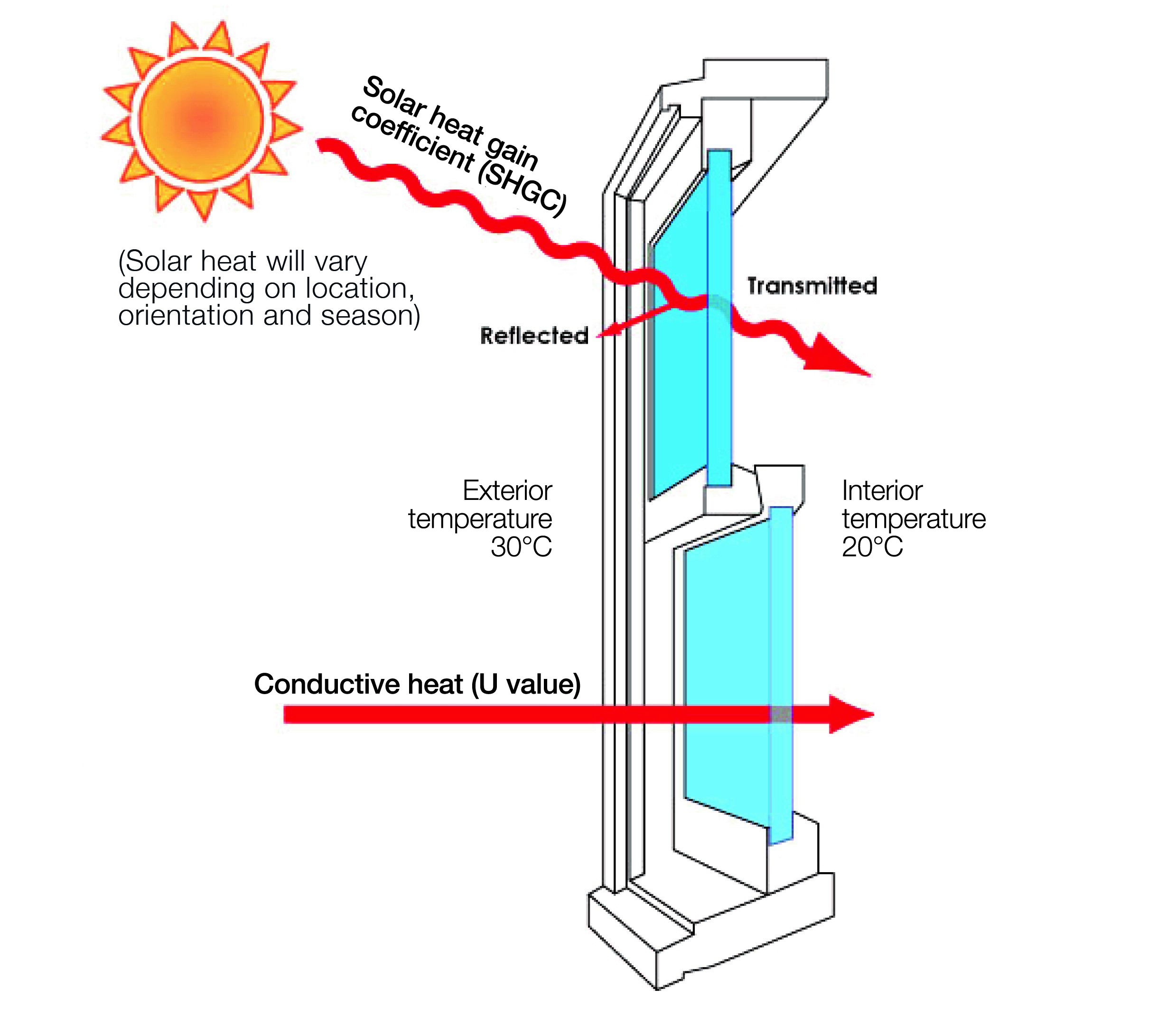All Categories
Featured
Table of Contents
Glass & Glazing - Easy Windows Upvc Double & Triple ... in Mindarie Perth
Glazing simply indicates the windows in your house, including both openable and set windows, in addition to doors with glass and skylights. Glazing actually just suggests the glass part, but it is typically utilized to refer to all elements of an assembly consisting of glass, films, frames and furnishings. Taking notice of all of these aspects will help you to accomplish effective passive design.

Energy-efficient glazing makes your house more comfortable and considerably lowers your energy expenses. Improper or inadequately designed glazing can be a major source of unwanted heat gain in summertime and significant heat loss and condensation in winter. Up to 87% of a house's heating energy can be gained and as much as 40% lost through windows.
Diy Double Glaze in Koongamia Perth
Glazing is a significant financial investment in the quality of your house. An initial investment in energy-efficient windows, skylights and doors can greatly reduce your annual heating and cooling expense.

This tool compares window selections to a base level aluminium window with 3mm clear glass. Understanding some of the key properties of glass will help you to select the very best glazing for your house. Key homes of glass Source: Adapted from the Australian Window Association The amount of light that travels through the glazing is known as noticeable light transmittance (VLT) or visible transmittance (VT).
Double Glazed Windows Sydney & Replacement Windows in Success Western Australia
This might lead you to switch on lights, which will lead to greater energy costs. Conduction is how easily a material performs heat. This is called the U value. The U worth for windows (revealed as Uw), explains the conduction of the entire window (glass and frame together). The lower the U worth, the greater a window's resistance to heat flow and the better its insulating value.
If your house has 70m2 of glazing with aluminium frames and clear glass with a U value of 6. 2W/m2 C, on a winter's night when it is 15C cooler outside compared with indoors, the heat loss through the windows would be: 6. 2 15 70 = 6510W That is comparable to the total heat output of a large space gas heating system or a 6.
What Are The Best Double Glazed Windows In Australia? in Bicton Perth

If you choose a window with half the U value (3. 1W/m2 C) (for example, double glazing with an argon-filled gap and less-conductive frames), you can halve the heat loss: 3. 1 15 70 = 3255W The solar heat gain coefficient (SHGC) for windows (revealed as SHGCw) measures how readily heat from direct sunlight streams through a whole window (glass and frame together).
The lower a window's SHGC, the less solar heat it sends to the house interior. The real SHGC for windows is affected by the angle that solar radiation strikes the glass.
Double Glazed Windows – Their Amazing Benefits For ... in Connolly WA
When the sun is perpendicular (at 90) to the glass, it has an angle of incidence of 0 and the window will experience the maximum possible solar heat gain. The SHGC stated by glazing manufacturers is constantly determined as having a 0 angle of occurrence. As the angle increases, more solar radiation is reflected, and less is sent.
Latest Posts
Reglazing Single Glazed Windows With Double Glazed Units in Yokine Western Australia
Double Glazed Windows in Wattleup Perth
Why You Need Secondary Glazing In The Summer in Viveash Perth